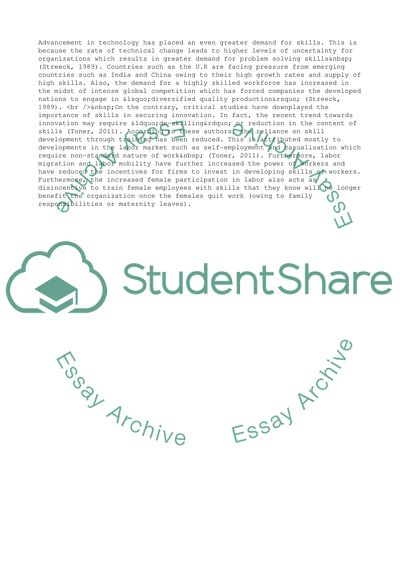Cite this document
(“Skills and Competitiveness Essay Example | Topics and Well Written Essays - 4250 words”, n.d.)
Retrieved from https://studentshare.org/management/1623915-skills-and-competitiveness
Retrieved from https://studentshare.org/management/1623915-skills-and-competitiveness
(Skills and Competitiveness Essay Example | Topics and Well Written Essays - 4250 Words)
https://studentshare.org/management/1623915-skills-and-competitiveness.
https://studentshare.org/management/1623915-skills-and-competitiveness.
“Skills and Competitiveness Essay Example | Topics and Well Written Essays - 4250 Words”, n.d. https://studentshare.org/management/1623915-skills-and-competitiveness.


